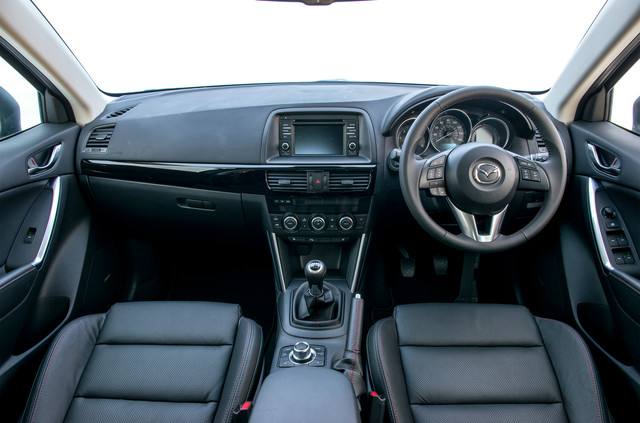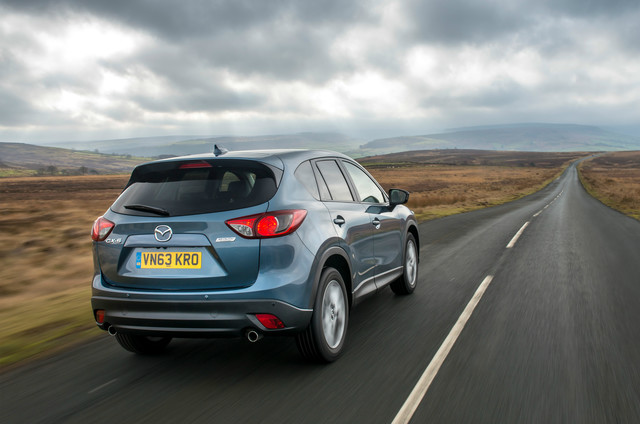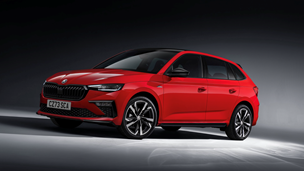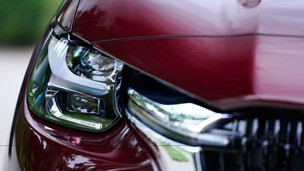To deal with the most spectacular point first, the outstanding feature of this particular Mazda CX-5 is that, thanks to its lack of weight and a rethink of the way diesel engines should be, it has combined fuel economy of 61.4mpg and a CO2 rating of 119g/km.
Neither figure will be easy to achieve in real life, but the theoretical nature of the latter is what's important, in terms of taxation if not the environment, and it means that you'll have to pay just £30 per year in Vehicle Excise Duty. There are some superminis that can't match that. For a roomy SUV, it's extraordinary.
If this is the kind of vehicle you want, and low running costs are of primary importance, case closed. Avoid the alternative petrol engine and the more powerful diesel. Shake your head pityingly at any offer of four-wheel drive and eschew the automatic transmission.
Even if you chose a different one from the same range, you'd still be able to carry a decent amount of luggage and what not. 503 litres of luggage capacity isn't bad for the class, nor is 1,620 litres to roof level when the rear seats are folded. When they aren't, there's a splendid amount of room back there. Carrying four large adults is a piece of cake.

When the CX-5 was introduced in 2012, Mazda talked a lot about how good it was to drive, but I'm not so sure. There's a lot of body roll, not particularly well controlled, and even with the 148bhp diesel engine I'd say that front-wheel drive isn't quite enough and four-wheel drive would be better. (Wisely, four-wheel drive is all that Mazda offers on the 173bhp diesel model.)
The six-speed manual gearbox can't be rushed and will occasionally crunch into the gear you're trying to select if you move the lever too quickly. Reversing is difficult as well due to the awkward rear window design, though in this day and age it's difficult to find a car that doesn't have this problem.
It hasn't been announced, but I suspect Mazda may have stiffened up the CX-5's bonnet. All the examples I tried on the media launch had bonnets that wobbled so much they appeared to have been made from recycled baked bean cans, but there was no sign of this on the test car.

Sport is the highest trim level in the range, and if you opt for it you get 19-inch wheels, adaptive bi-xenon headlights, daytime running lights, keyless entry, leather upholstery (black or, for an extra £200, Light Stone), heated and electrically adjustable front seats, a Bose sound system with nine speakers rather than the six of lesser models and a reversing camera, which helps to overcome the villainous effects of the rear window design.
The Nav part of the car's name refers to integrated TomTom satellite navigation with a 5.8-inch touchscreen. All Sports have this, and it's a £700 extra for the cheaper SE-L.



